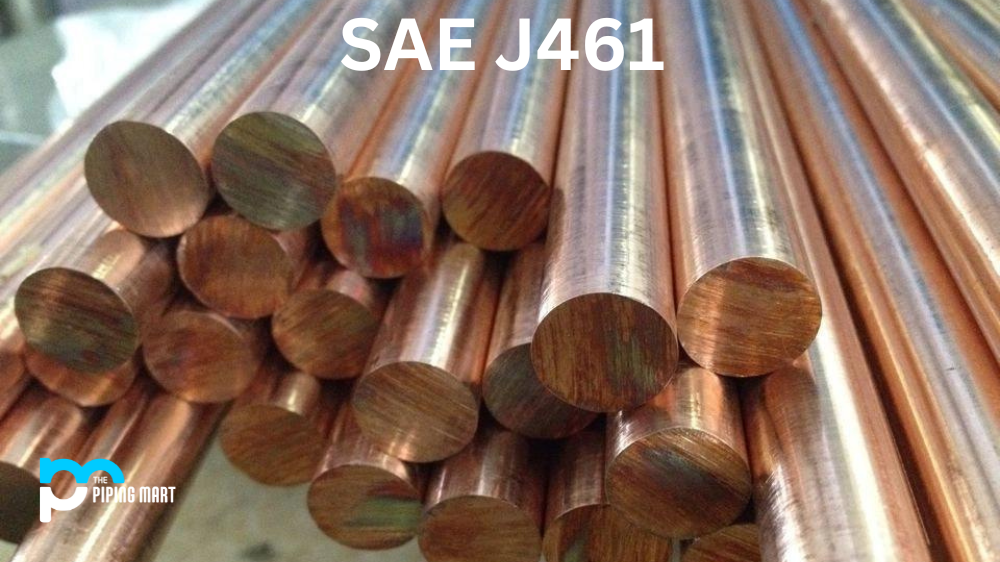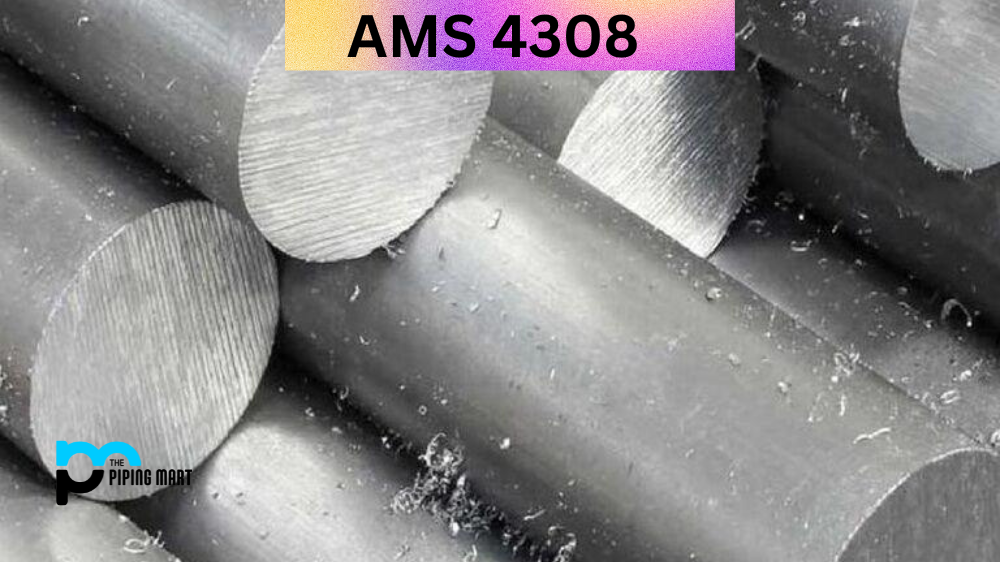Stainless steel has become essential in many industries due to its excellent corrosion resistance and durability. Among its many varieties is 443 stainless steel, a type that has gained popularity in recent years. In this blog post, we will explore 443 stainless steel’s composition, mechanical and physical properties, uses corrosion resistance, heat treatment, machining, and welding. By the end of this article, you will better understand why 443 stainless steel is an excellent choice for various applications.
What is 443 Stainless Steel?
443 stainless steel is a ferritic grade of stainless steel that provides good corrosion resistance in mild environments. It contains about 16-18% chromium, which allows it to resist oxidation, and 0.1 – 0.2% wattage, making it highly resistant to corrosive acids and other harsh elements. In addition, its magnetic properties make it ideal for home appliances such as water heaters or radiators.
443 Stainless Steel Composition
443 stainless steel is ferritic stainless steel with a low carbon content, which makes it a cost-effective alternative to austenitic stainless steel. Its composition includes chromium (17-19%), molybdenum (1.5-2.5%), nickel (1.5-2.5%), copper (0.4-1%), and titanium (0.3-0.6%). Copper and titanium in its alloy give the steel excellent resistance to pitting and crevice corrosion in chloride environments.
| Chemical Composition of Ferritic 443 Stainless Steel Strip | |
| Element | % |
| Cr | 21 |
| Cu | 0.4 |
| Ti | 0.3 |
443 Stainless Steel Mechanical Properties
443 stainless steel has high yield and tensile strength, making it ideal for applications that require good mechanical properties. Its yield strength is 275 MPa, and its tensile strength is 380-550 MPa. Furthermore, it elongates 25% and has a hardness of 210 HB.
443 Stainless Steel Physical Properties
443 stainless steel is magnetic and has a density of 7.7 g/cm³. Its thermal conductivity is 25 W·m⁻¹·°C⁻¹, and its coefficient of thermal expansion is 10.4 × 10⁻⁶/°C. Its specific heat capacity is 500 J·kg⁻¹·°C⁻¹.
443 Stainless Steel Uses
Due to its good mechanical properties and corrosion resistance, 443 stainless steel is used in various applications. It is commonly used in automotive exhaust systems, heat exchangers, desalination plants, and chemical tanks. The alloy’s high resistance to chloride-induced stress corrosion cracking (SCC) makes it suitable for marine environments.
443 Stainless Steel Corrosion Resistance
443 stainless steel has excellent resistance to atmospheric corrosion and is resistant to most organic and inorganic acids. Its high copper content improves the resistance of the alloy to reduce acid and oxidizing chloride environments. The alloy also exhibits good resistance to general and localized corrosion in chloride-rich environments.
443 Stainless Steel Heat Treatment
443 stainless steel is not heat-treatable, but cold working can improve its mechanical properties. The hardening of the alloy can be achieved by hard-working, and it can be annealed at temperatures ranging from 816-900°C.
443 Stainless Steel Machining
443 stainless steel has poor machinability compared to other stainless steel. The alloy has a high work hardening rate, making it challenging to machine. However, using sharp and rigid tools, slow speed, and sufficient lubrication can improve its machinability.
443 Stainless Steel Welding
443 stainless steel can be welded using most conventional fusion welding methods. However, it is prone to cracking and distortion during welding, and careful control of the welding process is vital. Preheating is recommended before welding to minimize the risk of cracking, and the interpass temperature should be kept low.
Conclusion:
In conclusion, 443 stainless steel is a cost-effective alternative to austenitic stainless steel. Its low carbon content, high copper content, and molybdenum give the alloy excellent resistance to chloride environments. Its good mechanical properties, corrosion resistance, and weldability make it an ideal material for various applications, including automotive exhaust systems, heat exchangers, and chemical tanks. Since the alloy has poor machinability, it is crucial to use sharp and rigid tools, slow speed, and sufficient lubrication when machining. If you are looking for a durable material that can withstand corrosive environments and high mechanical loads, 443 stainless steel is the way to go.

Meet Bhavesh, a seasoned blogger with a wealth of knowledge and experience. From metal products manufacturing to retail, Bhavesh has a diverse background in various industries and is dedicated to sharing his insights and expertise with readers.




